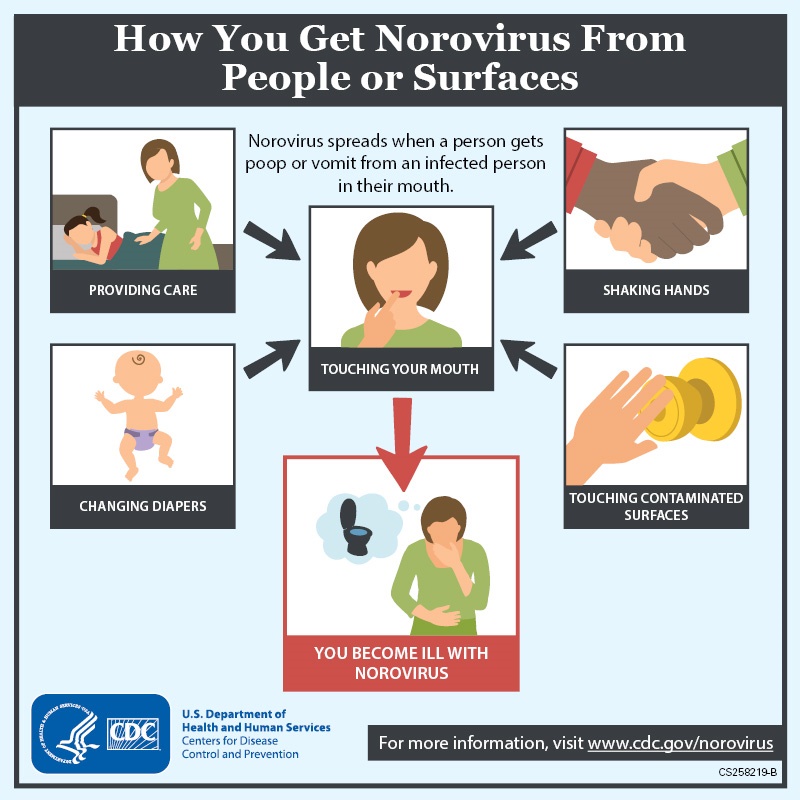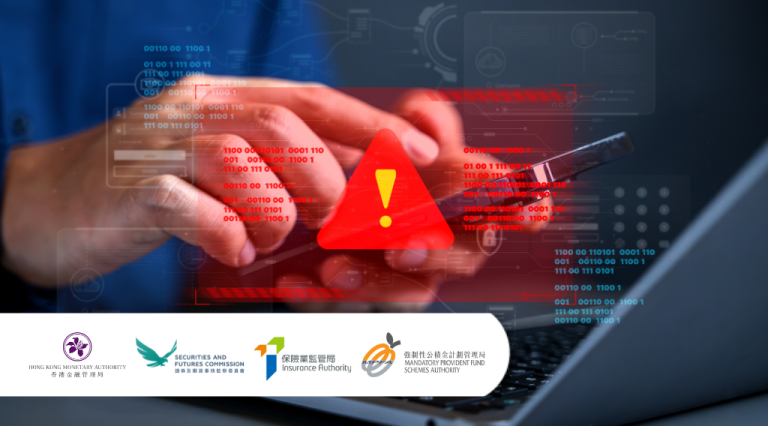
Understanding Norovirus Transmission and Outbreaks
Norovirus spreads quickly through contaminated droplets from vomit or feces. These droplets can become airborne, especially when someone vomits, and infect others nearby. The virus has a short incubation period of 12 to 48 hours, meaning symptoms can appear rapidly after exposure. This quick onset makes it challenging to control outbreaks once they start.
Outbreaks often occur in crowded places like schools, elderly homes, hotels, play facilities, and cruise ships. For example, a single case on a cruise ship can lead to widespread infection due to close living quarters and shared facilities. Asymptomatic carriers, who show no symptoms but carry the virus, also play a significant role in spreading norovirus. These individuals can unknowingly contaminate food, surfaces, or water, making it essential to exclude them from food handling or caregiving roles.
Norovirus outbreaks place a heavy burden on public health systems. They lead to increased hospital visits, economic losses, and strain on healthcare resources. Early detection and isolation of infected individuals are critical to preventing further spread.
Preventive Measures for Norovirus During Overseas Travel
Hand hygiene is the most effective way to prevent norovirus infection. Wash hands with liquid soap and water for at least 20 seconds, especially after using the toilet, changing diapers, or before eating. Alcohol-based handrubs are less effective against norovirus and should not replace hand washing. However, they can be used when soap and water are unavailable.
Avoid work or school if you experience fever, vomiting, or diarrhea. Seek medical advice if symptoms persist. Follow the 5 Keys to Food Safety: keep hands and surfaces clean, separate raw and cooked foods, cook food thoroughly, keep food at safe temperatures, and use safe water and raw materials. Avoid undercooked shellfish, as they are a common source of norovirus.
Environmental cleaning is also crucial. Use a 1:49 diluted household bleach solution to disinfect contaminated surfaces. Pay special attention to frequently touched areas like door knobs and handrails. Soak cleaning tools in the bleach solution for 30 minutes, rinse thoroughly, and air-dry before reuse.
Environmental Cleaning and Disinfection Practices
To clean surfaces contaminated with norovirus, use a 1:49 diluted household bleach solution. Apply the solution liberally to the affected area and leave it for 15 to 30 minutes to ensure the virus is inactivated. Rinse with water and wipe dry. For vomit or fecal spills, disinfect areas within 2 meters of the spill, as droplets can spread that far.
Remove bulky waste and soiled linens carefully. Soak them in the bleach solution for 30 minutes before washing thoroughly. This prevents cross-contamination and ensures the virus is eliminated. Proper environmental cleaning is essential in both public and private settings to stop the spread of norovirus.
Norovirus Prevention in Specific Settings
In schools, exclude infected individuals from food handling and caregiving roles. Ensure cafeteria staff follow strict food safety practices. In elderly homes, focus on environmental cleaning and exclude infected caregivers.
Hotels should prioritize cleaning and disinfecting guest rooms and common areas. Play facilities must clean toys and equipment regularly and promote hand hygiene. On cruise ships, exclude infected individuals from food handling and maintain rigorous cleaning protocols.
Norovirus Management and Treatment
Norovirus infection is usually self-limiting, with symptoms lasting 1 to 3 days. Treatment focuses on preventing dehydration by drinking plenty of fluids. Seek medical advice if symptoms persist or worsen. There is no vaccine for norovirus, so prevention is key.
Healthcare providers play a vital role in educating the public about norovirus prevention and management. Early detection and isolation of infected individuals help control outbreaks.
Public Health Initiatives and Community Awareness
The Centre for Health Protection (CHP) in Hong Kong promotes public health initiatives to prevent norovirus. Community awareness is essential, and information is disseminated through public health campaigns. Schools, elderly homes, hotels, play facilities, and cruise ships must train staff on norovirus prevention.
Healthcare providers educate patients about prevention, and public health agencies monitor outbreaks. Collaboration between these groups is crucial to controlling norovirus and protecting public health.












